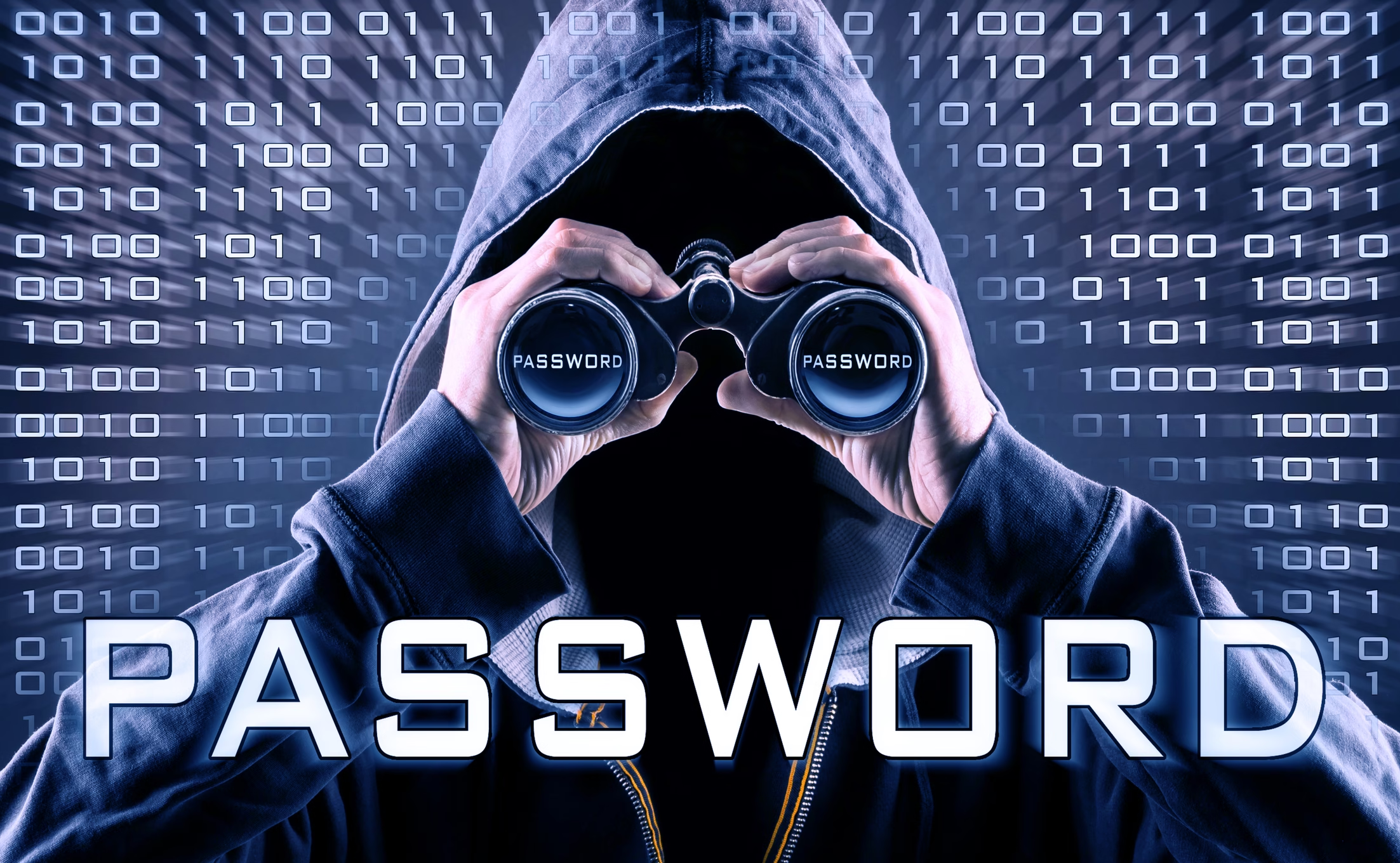Executive Summary
The cybersecurity landscape has undergone a fundamental transformation as artificial intelligence democratizes steganography attacks while simultaneously creating new defensive opportunities. Steganography bots—AI-powered automated systems that hide malicious code within seemingly innocent files—have emerged as a critical threat vector that bypasses traditional security measures with unprecedented sophistication.
Key Findings:
Threat Escalation:
- AI-driven bot traffic surpassed human-generated traffic for the first time in a decade, constituting 51% of all web traffic in 2024
- AI-powered steganography attacks saw an alarming resurgence in 2025, with cybercriminals using AI to refine their methods, embedding malicious payloads with greater precision and creating image files that are nearly indistinguishable from legitimate ones
- Nation-states have incorporated steganography in their cyber operations, with up to 50% of steganography attacks targeting industrial organizations
Market Impact:
- FBI’s 2024 Internet Crime Report reveals $16.6bn lost to cybercrime in 2024, representing a 33% rise compared to recorded losses in 2023
- Global Multi-Factor Authentication market size is expected to reach $41.59 billion by 2029 at 20% growth rate, driven by rapid surge in cybersecurity threats
Defensive Innovation:
- Photolok offers meaningful advantages over traditional authentication methods through its unique combination of enhanced security, improved user experience, and operational cost savings. Its steganographic approach and AI-resilient design particularly differentiate it in today’s threat landscape.
Current Threat Landscape: The Offensive Evolution
AI-Powered Steganography Bots
Technical Sophistication: AI systems are more interconnected and data-driven than ever, making them ripe targets for steganographic attacks. Attackers can corrupt training datasets with malicious or poisoned data, causing AI models to make incorrect or dangerous decisions
Attack Vectors Include:
- ASCII Smuggling: AI-based steganography using invisible characters that AI models like GPT-4 or Claude can read but are imperceptible to human users, used to exfiltrate sensitive information covertly from platforms like Microsoft Copilot
- Native Virtual Cameras: Native virtual camera attacks evolved from experimental phase in 2023 to become a major threat in 2024, peaking at 785 weekly attacks in Q2, without requiring rooted or jailbroken devices
- Face Swap Proliferation: Attack volumes surged by 300% compared to 2023, with the number of tools increasing by 15.5%, rising from 110 to 127 tracked tools
Automation and Scale
Bot-as-a-Service Evolution: ByteSpider Bot was responsible for 54% of all AI-enabled attacks, with other significant contributors including AppleBot at 26%, ClaudeBot at 13%, and ChatGPT User Bot at 6%
Market Commercialization: 31 additional online threat actor groups were identified in 2024, with the largest having 6,400 users. Tool-selling groups serve 68% (23,698) of users, indicating their effectiveness and credibility
Nation-State Operations
Industrial Targeting: According to Kaspersky, up to 50% of steganography attacks targeted industrial organizations, with attacks being particularly difficult to detect because the files appear legitimate to traditional security tools
Supply Chain Infiltration: Some attacks take advantage of network interconnectivity between organizations and their smaller vendors/suppliers with weaker protections. By harvesting vendors’ credentials, attackers can remotely affect larger organizations’ networks
Defensive Applications & Market Opportunities
Steganography-Based Authentication Solutions
Photolok’s Market Position: Netlok’s Photolok appears to be the only mainstream commercial IAM solution that specifically uses steganography technology to prevent AI attacks. Photolok is “the first passwordless login that uses patented steganography photos as a standalone MFA IdP login method”
Competitive Advantages:
- AI Attack Prevention: With “trillions of possible photo combinations, Photolok prevents pattern recognition by AI tools and hackers,” making it particularly effective against automated attacks from AI systems
- Human-Centered Design: Photolok leverages the “Picture-Superiority Effect” and reduces demands on short-term memory, potentially offering significant usability advantages over traditional passwords and passphrases
- Cost Benefits: Lower operational costs vs AI-based security that are energy intensive, reduces password management/reset expenses, minimizes support costs from forgotten credentials
Detection and Mitigation Technologies
Advanced Defense Systems: Owl Cyber Defense’s advanced cross domain solutions (CDS) are purpose-built to detect and mitigate data threats transferred between sensitive systems, including steganographic content embedded within data
Deep Learning Steganalysis: Deep learning-based steganalysis approaches exhibit rapid detection of steganographic payloads and demonstrate remarkable accuracy and efficiency across a spectrum of modern steganographic algorithms
Market Analysis & Business Implications
Financial Impact Assessment
Cybercrime Economics:
- California reports $2.54 billion in cybercrime losses
- Cyber-enabled fraud made up 38% of complaints to IC3 and 83% of recorded losses, at $13.7bn, in 2024
- FBI data indicates identity-related criminal activities generated losses of $8.8 billion in 2023 alone
Password Management Costs: The average cost to reset passwords for employees ranges from $15 to $70 per password reset incident, with organizations typically reporting that password resets consume 20-30% of IT help desk resources
Recovery Statistics: In 68% of ransomware incidents, backups aided in the recovery process, demonstrating the critical importance of robust backup strategies
Market Growth Projections
Authentication Market Expansion:
- MFA Adoption: Large enterprises (1,000+ employees): 75-85% have implemented MFA, with mid-sized businesses (100-999 employees): 50-65% adoption
- Passwordless Transition: Only 5-10% of organizations have fully implemented passwordless MFA across their systems, indicating significant growth potential
Industry-Specific Vulnerabilities: Manufacturing industry accounts for the largest share of ransomware IR cases at 18.6%, followed by healthcare at 13.1%, and construction at 12%
Competitive Landscape Analysis
Market Positioning: Based on comprehensive search, there don’t appear to be any direct commercial competitors to Netlok’s Photolok that specifically use steganography for IAM authentication to combat AI attacks
Technology Differentiation:
- Traditional IAM Solutions: Many IAM systems are “AI-enabled and capable of detecting and stopping attacks,” but they don’t specifically use steganography to hide authentication credentials
- Biometric Limitations: Biometric data, once stolen, cannot be changed unlike Photolok photos, and provides similar ease-of-use benefits while avoiding permanent biometric data storage risks
Strategic Recommendations
For Organizations
Immediate Actions:
- Implement Layered Defense: Organizations must focus on fundamentals, including an adaptable security posture, detection and response spanning the full attack surface, and an IR process that enables fast and effective recovery
- Strengthen Identity Controls: Implement and require strong, phishing-resistant MFA, employ a zero trust security strategy that limits access unless identity and security posture can be verified
- Enhanced Monitoring: Monitor logs from intrusion detection systems, endpoint detection and response solutions, firewalls, identity and access management systems, and email services
Strategic Investments:
- AI-Resistant Authentication: Consider steganography-based solutions like Photolok for high-value applications
- Advanced Threat Detection: Deploy deep learning-based steganalysis capabilities
- Continuous Security Evolution: Move from periodic to real-time security monitoring
For Security Vendors
Product Development Priorities:
- Steganography Detection: Organizations should take an activist approach to cybersecurity hygiene measures including ongoing end-user education and timely endpoint update and policy enforcement to defend against steganographic attacks
- AI-Powered Defense: Develop solutions that can adapt to evolving steganographic techniques
- Integration Capabilities: Ensure compatibility with existing security infrastructure
Market Positioning:
- Target high-security industries (finance, healthcare, government)
- Emphasize AI-resilience and zero-day protection capabilities
- Develop partnerships with identity providers
-
For Investors
Investment Themes:
- Defensive Steganography: Companies developing authentication solutions using steganography
- AI-Powered Detection: Advanced steganalysis and threat detection technologies
- Zero Trust Infrastructure: Solutions enabling comprehensive identity verification
Risk Considerations:
- Regulatory compliance requirements
- Technology adoption curves
- Competitive response from established players
Quick Links & Resources
Industry Reports & Research
Technical Documentation
Solution Providers
Market Intelligence
Regulatory & Compliance
Report compiled from proprietary research, industry documentation, and current threat intelligence. All financial projections and market data current as of Q1 2025.









